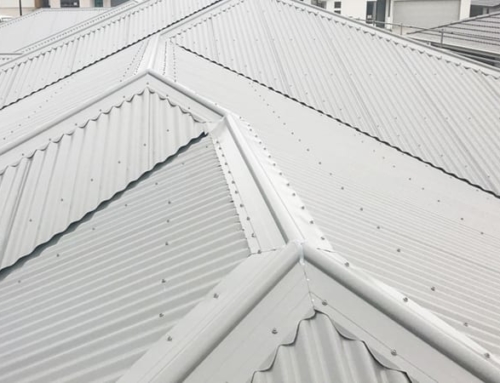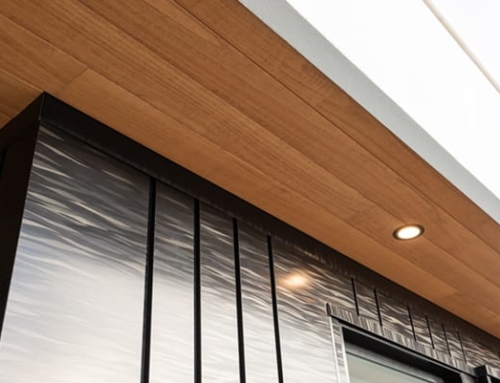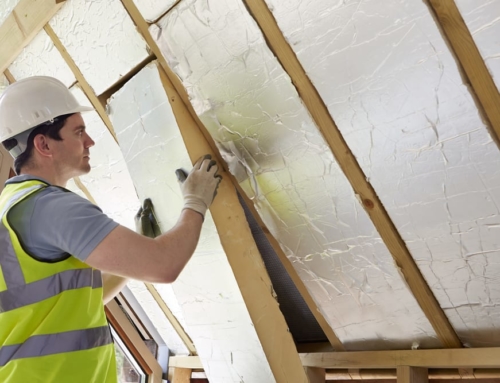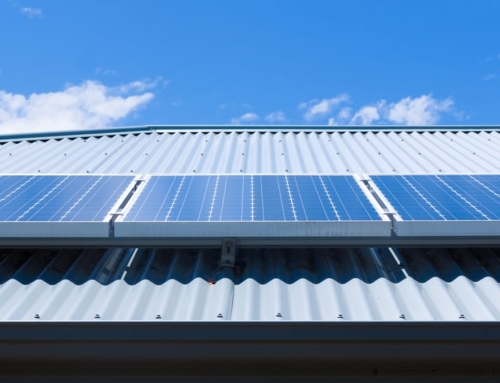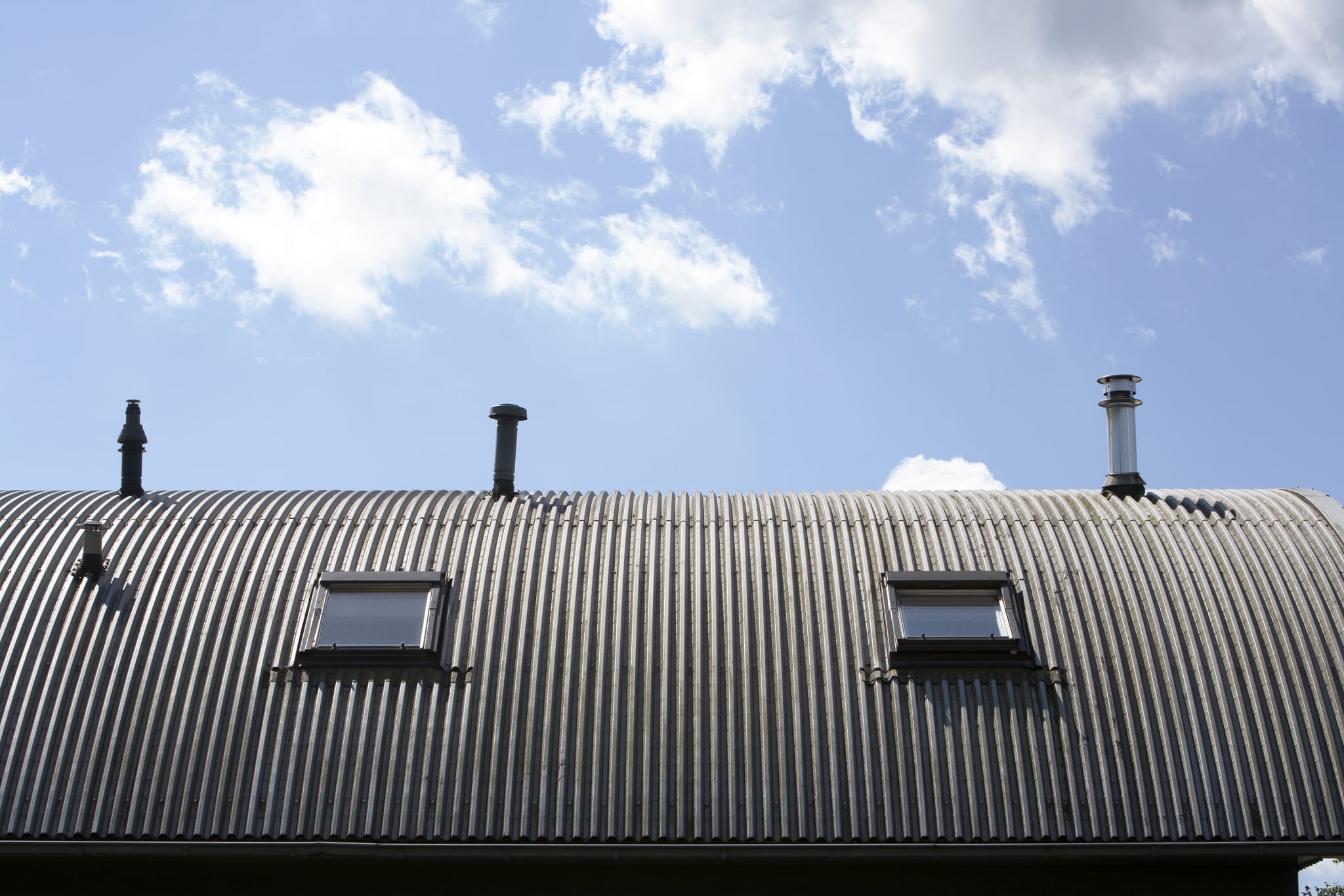
Roofs can vary in shape greatly, dependent on factors such as climate, materials used, and local council building codes. Roof shapes can range from almost flat to steeply pitched, and can be arched or domed. Here we’ll explain the different types of roof lines and why you might choose each.
Types of Rooflines
Flat / Skillion
Flat roofs are just that — a single sheeting of steel across the top of a building, usually with a gentle pitch. These are only appropriate for areas with very low precipitation, but are also used for garden or terrace roofs.
Gable
This is a common type of roof, with a straight gable across the top and sheeting spreading out over the rest of the roof on the long edge in an inverted “V” shape. A gable allows you to adjust your pitch depending on your climate.
A cross gable is similar, with a perpendicular attachment added along with its own gable and two-sided roof, making a “T” or “L” shape.
Best for: These are great for rainy areas, as they shed water easily. However, they can be problematic in high wind and hurricane areas.
Hip, Bonnet and Pyramid
Unlike a gable “V”, a hipped roof has sheeting in four directions rather than two. Pyramidal hipped roofs are appropriate on square buildings, where all panels are the same size. A bonnet roof is a hipped or pyramidal roof with posts running down the corners all the way down the house and to the ground or patio.
Best for: These are more stable than gable roofs, and are a very popular choice because of their simplicity and sturdiness.
Shed and Saltbox
These types of roof lines are generally one large slope — usually used for an attachment to a taller wall. They are commonly used on sheds or other outdoor additions to a main building.
A saltbox has one long slope, plus one short one in an asymmetrical gable — also used for attaching a building to an outside wall, and better for wider buildings such as granny flats to reduce the level of slope.
Best for: Saltbox roofs can add more living space with the varying slopes, adding half or one storey. The asymmetrical design is sturdier than a gable roof and sheds water easily.
Mansard and Gambrel
A mansard roof has four sloping sides, with the rate of slope increasing halfway down. A gambrel also has a steeper slope halfway down, but is two-sided rather than four-sided.
Best for: These let you utilise much more space, creating a full attic or room for additions to the house. Starting with a mansard or gambrel roof can increase the value of your home because it allows for renovations more easily.
Seasonal Influences on Roof Choice
The material you choose for your roof is the best way to account for seasons and weatherproofing for your roof (such as corrugated steel or clay tiles). However, climate does have an influence on your roof shape. If you live in an area with high precipitation, you should have a high pitch to allow water to easily fall. If your area is prone to storms or heavy winds, choosing a roof shape with four sides rather than two will create a more stable structure and lower the likelihood of damage. You should consult your roofer to determine the best roofline for your area.


